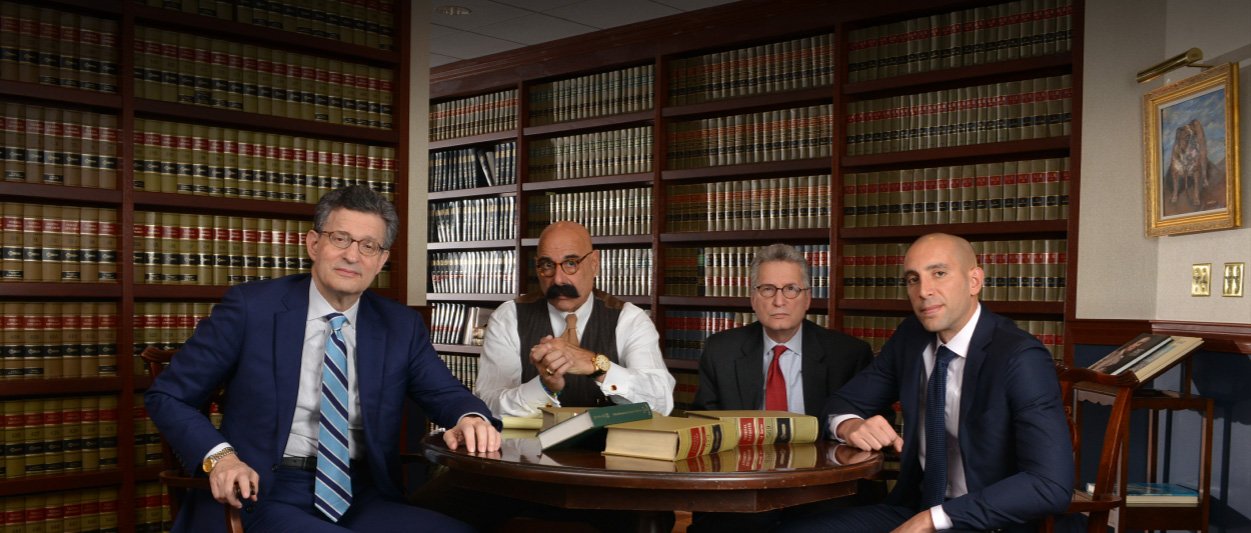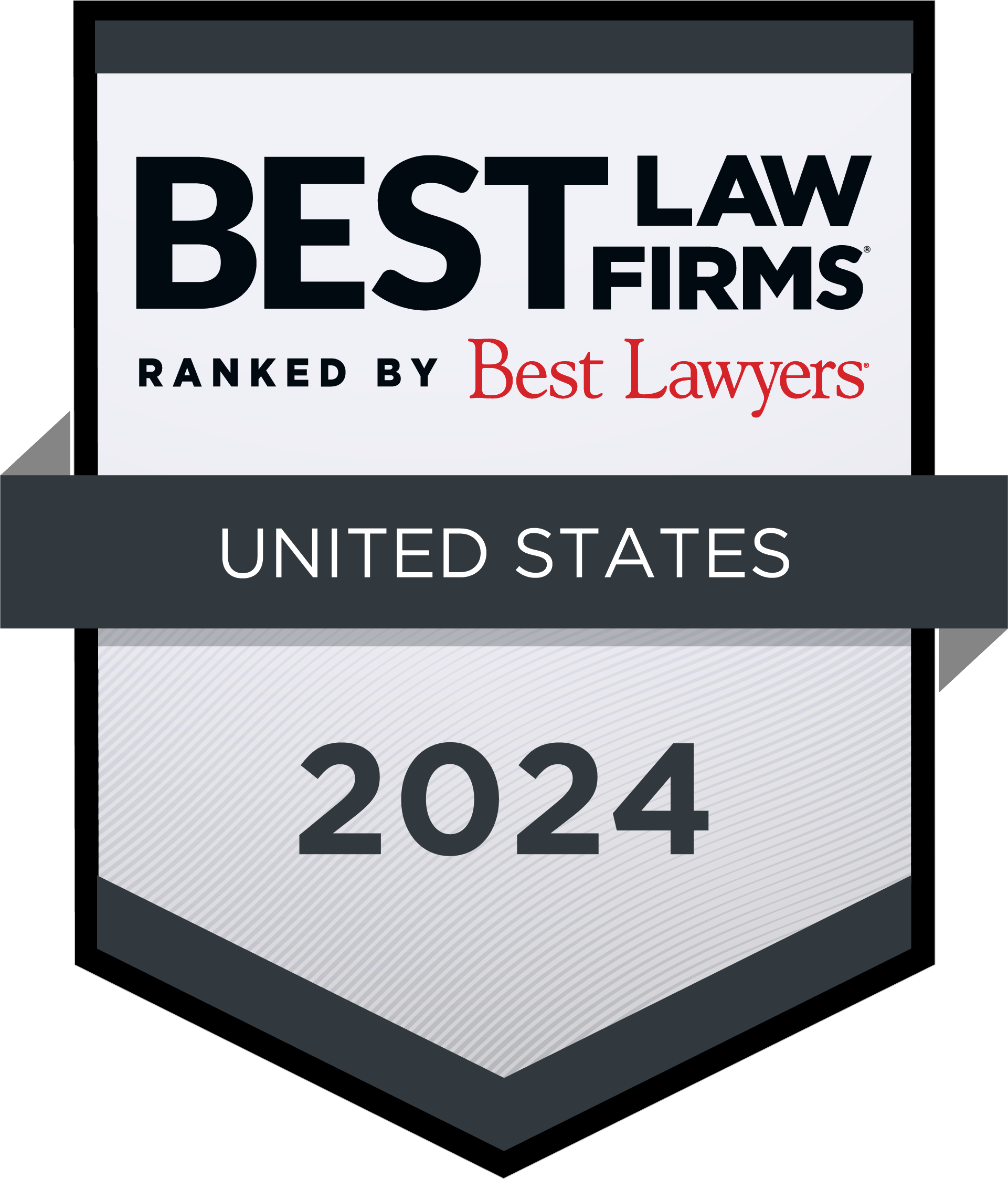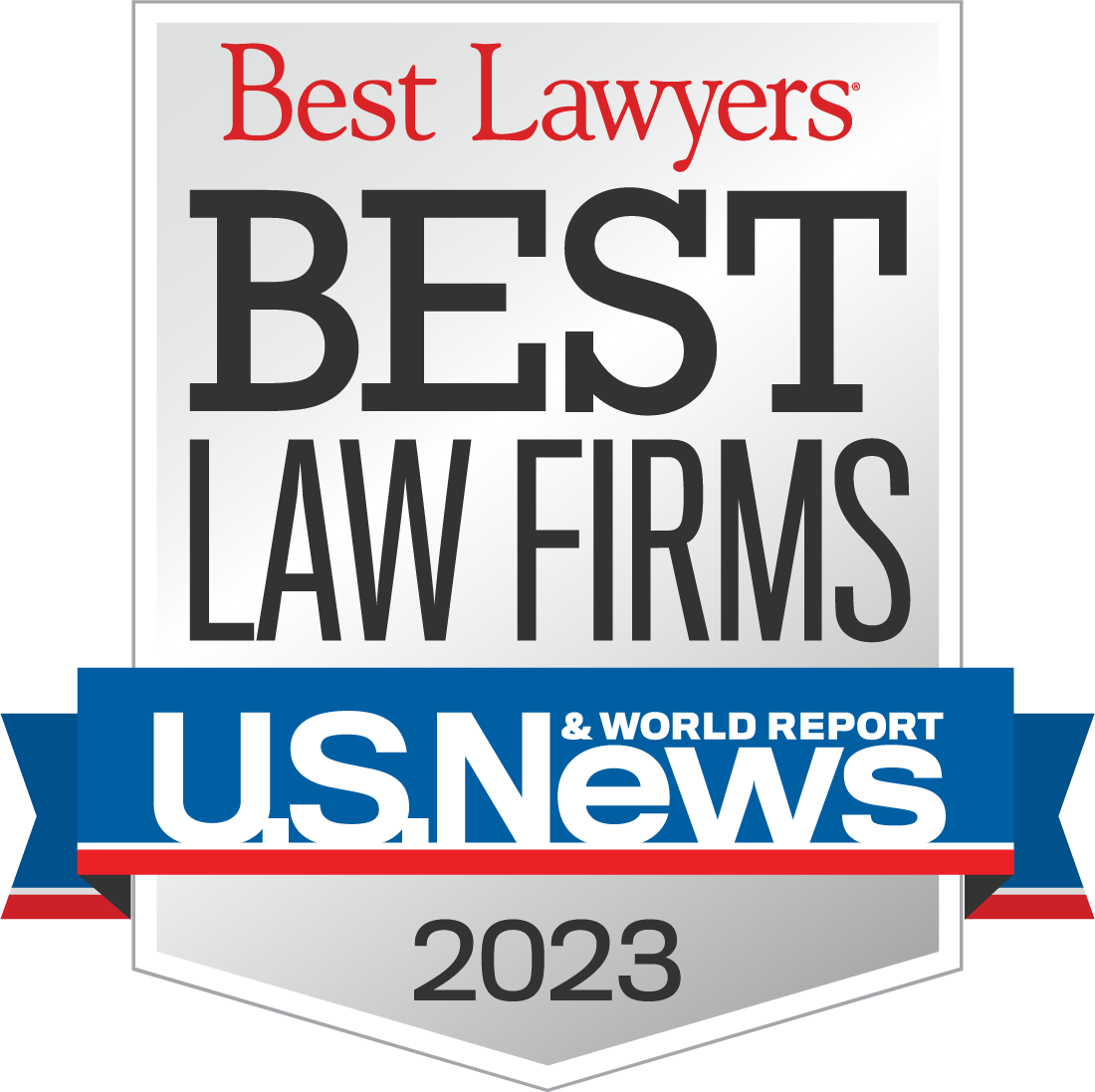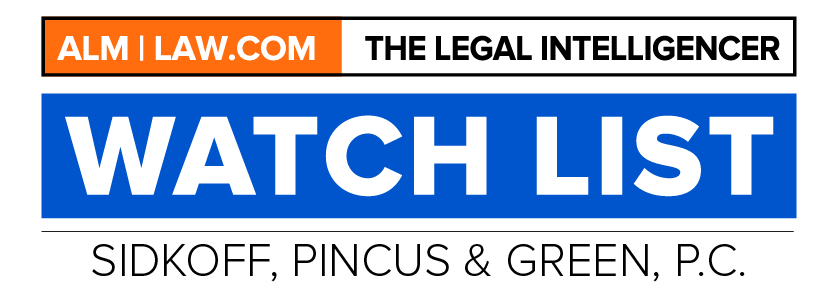A Provision in an Employee Handbook May Supplant the At-Will Rule in Pennsylvania
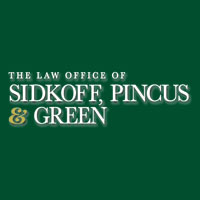
A claim for wrongful discharge in Pennsylvania may only be asserted in very limited circumstances. An at-will employee who is terminated may claim wrongful discharge only when his termination is made with a specific intent to harm or is contrary to public policy. Tourville v. Inter–Ocean Ins. Co., 353 Pa.Super. 53, 55, 508 A.2d 1263, 1265 (1986); Engstrom v. John Nuveen and Company, 668 F.Supp. 953, 958 (E.D.Pa.1987); Geary v. U.S. Steel Corp., 456 Pa. 171, 178–83, 319 A.2d 174, 177–80 (1974).
In Pennsylvania, there is a very strong presumption of at-will employment relationships. The presumption may be overcome by express contract, implied in-fact contract (where the surrounding circumstances of the hiring indicate that the parties did not intend to be at-will), and additional consideration passing from the employer (if the employee bestows a legally sufficient benefit or incurs a sufficient detriment for the benefit of the employer beyond the services for which he was hired, a court may infer that the parties intended to overcome the at-will presumption).Scott v. Extracorporeal, Inc., 376 Pa.Super. 90, 95, 545 A.2d 334, 336 (1988).
Notwithstanding the level of proof required to supplant the at-will presumption, “[a] handbook is enforceable against an employer if a reasonable person in the employee’s position would interpret its provisions as evidencing the employer’s intent to supplant the at-will rule.” Scott v. Extracorporeal, Inc., supra, 376 Pa.Super. at 97, 545 A.2d at 337; DiBonaventura v. Consolidated Rail Corp., 372 Pa.Super. 420, 426, 539 A.2d 865, 868 (1988); Reilly v. Stroehmann Bros. Co., 367 Pa.Super. 411, 419–20, 532 A.2d 1212, 1215–16 (1987). In all of these cases the courts looked to the language of the handbook to determine whether a reasonable employee would understand the provisions to transform his at-will employment into a contractual employment relationship. “A handbook, to be construed as a contract, must contain unequivocal provisions that the employer intended to be bound by it and, in fact, renounced the principle of at-will employment.” Id. at 416, 532 A.2d at 1214.
It is important to keep in mind that there is no presumption that the distribution of a handbook by an employer shows that the employer intends to alter the existing employer-employee relationship. Mudd v. Hoffman Homes for Youth, Inc., 374 Pa. Super. 522, 543 A.2d 1092 (1988); Martin v. Capital Cities Media, Inc., 354 Pa. Super. 199, 511 A.2d 830 (1986). As shown above, however, an employee may reasonably regard a handbook as legally binding when the handbook, or an employer’s oral representation about the handbook, unequivocally states that it is to have this effect.


